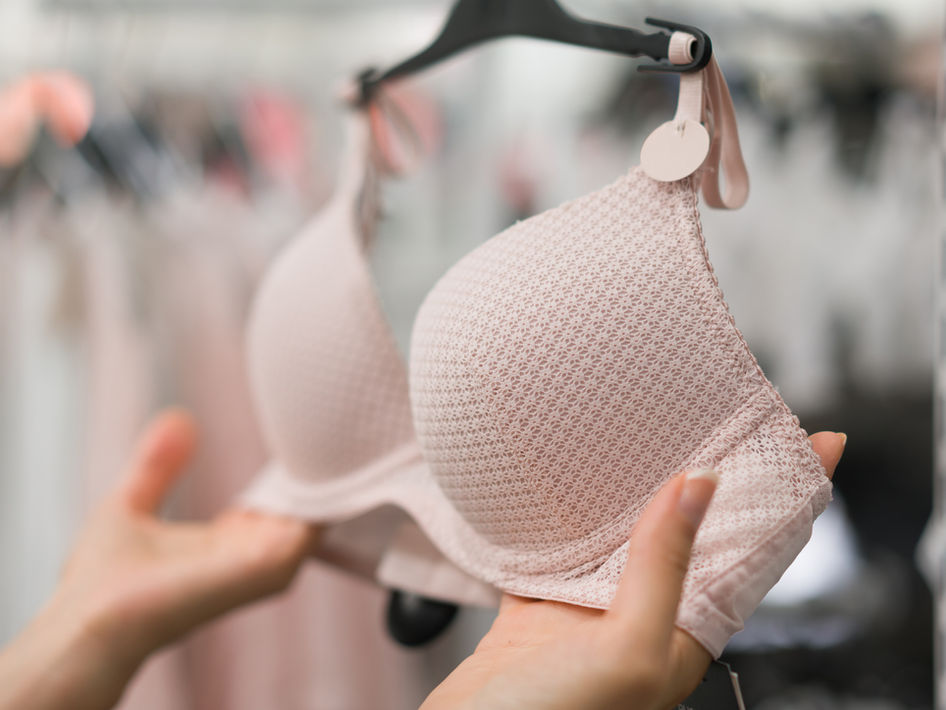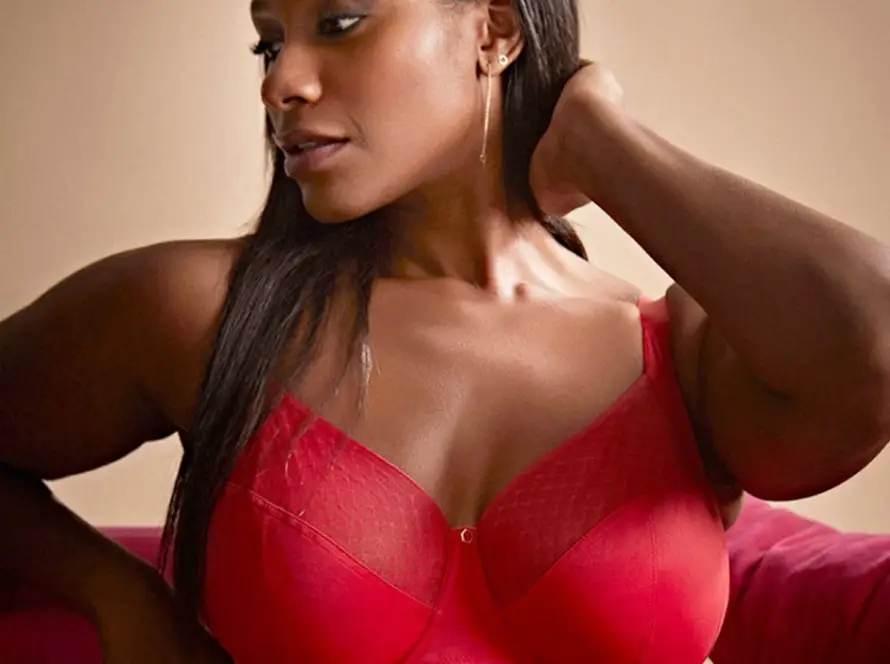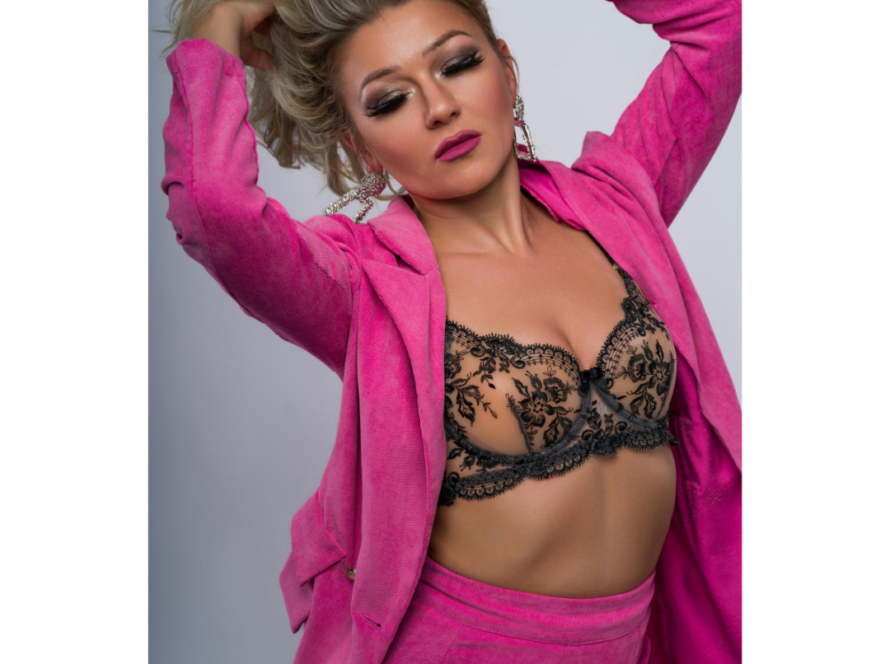For many women, the quest for the perfect bra can feel like a never-ending journey. Questions about cup size and style preferences seem to come up endlessly. However, knowing your correct size is essential. An ill-fitting bra can lead to various issues like back pain, muscle tension, and even headaches.
Your first step should be understanding why you need the bra—is it for sports, coverage, comfort, or support? Different types and styles of bras are designed for specific body types and activities. While it would be convenient, no single bra can fulfill all needs. Whether it’s a sexy bra for intimate moments or a sports bra for rigorous exercise, each serves a unique purpose.
Despite the importance, many women only go for a bra fitting once in their lives (if at all), contributing to the fact that 80% of women in the US wear the wrong bra size. So, why do so many of us end up in the wrong size, and what can we do to prevent it?

Ever pick a bra and wonder, “If this will fit me?” Frustrated that you can never find the right fit?
How to Know If You’re Wearing the Wrong Size
Let’s break it down into four key areas: band, cups, straps, and gore. Even if your bra feels comfortable, it may still be the wrong size if it doesn’t conform well to your body’s contours.
- Band: If the band rides up your back, it’s too big.
- Cups: Spillage over the cup indicates a size too small.
- Straps: If they keep falling down, you might need adjustable straps or a different size.
- Gore: The center of the bra should sit flat against your ribcage.
Why Many of Us Get It Wrong
Some women wear larger band sizes for comfort, not realizing that 80% of support comes from the band itself. It’s crucial to strike a balance between snugness and comfort. Additionally, cup size errors are common—having a gap doesn’t always mean a larger size; it could be the wrong cup shape.
Ensuring You’re Wearing the Right Bra
Experts recommend getting fitted every two years due to body changes. Weight fluctuations, hormonal shifts, and life stages like pregnancy all affect breast tissue. Proper care also extends the life of your bras. Hand-washing and air-drying are best practices. Rotate bras daily to maintain elasticity.
Finding your perfect bra might take some trial and error, but it’s worth the effort for comfort and support. Remember, it’s not just about the size but also the style and fit that suit your body best.



